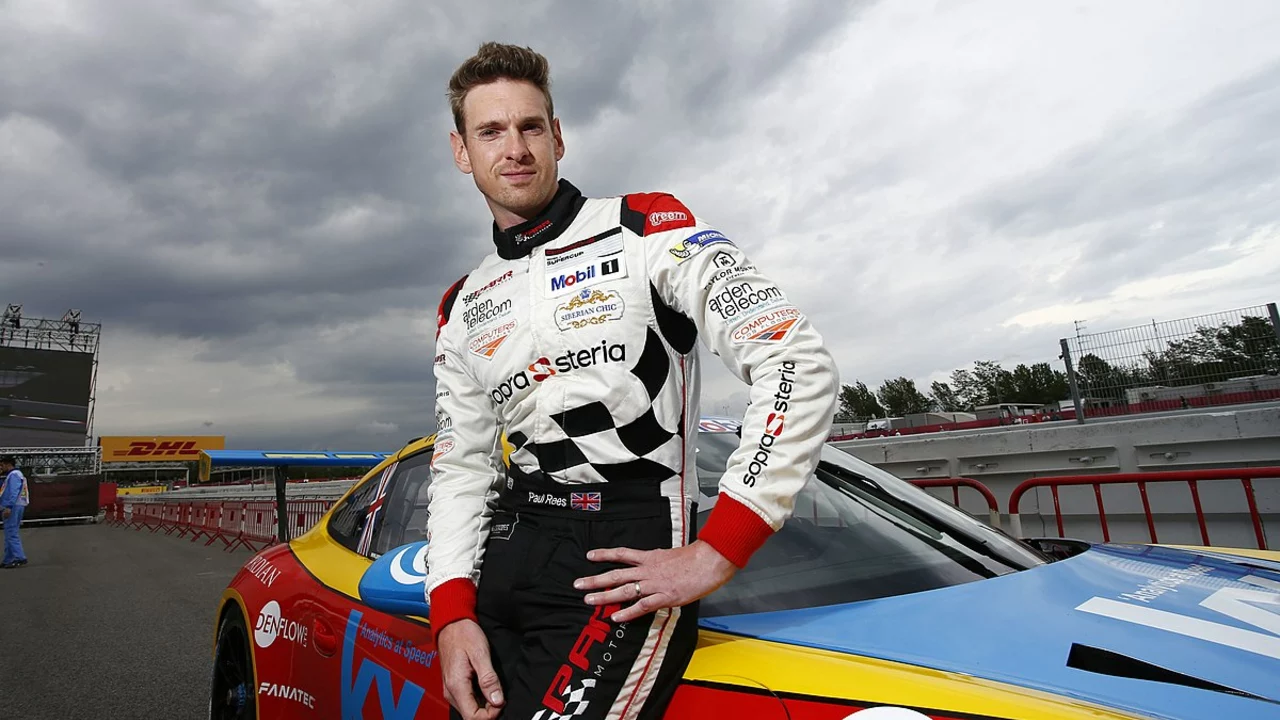Start Your U.S. Racing Career Today
Thinking about a career in American motorsports? Whether you want to be behind the wheel, design the cars, or manage a team, the U.S. has many routes to get you there. This guide breaks down the main options, the steps you need to take, and some real‑world tips from people already in the sport.
Choose Your Path: Driver vs Engineer
If you love the feeling of a car at high speed, the driver route might be for you. Most pros start in go‑karting as kids, then move to junior formula series like USF2000 or the Road to Indy ladder. Success there can lead to a seat in IndyCar, the premier open‑wheel series in the States, or even a chance at NASCAR’s top divisions.
Not everyone wants to drive. The industry needs engineers, data analysts, and software developers to keep the machines fast and reliable. A computer engineering degree, plus experience with real‑time data analysis, can land you a job on an F1, IndyCar, or NASCAR team. Learning simulation tools such as CFD or vehicle dynamics software is a big plus.
Key Steps to Get Behind the Wheel
1. Start early: Join a local karting club. Many U.S. tracks run weekend programs for beginners, and the skills you learn transfer directly to larger cars.
2. Build a racing resume: Enter club races, then step up to regional series. Keep a record of results, lap times, and any sponsorship you secure.
3. Find a mentor: Talk to former drivers or coaches. They can help you choose the right series, improve your technique, and introduce you to team owners.
4. Secure funding: Racing is expensive. Look for local businesses willing to sponsor you, or apply for driver development scholarships offered by IndyCar teams.
5. Network at events: Attend the Indianapolis 500, NASCAR race weekends, or technical expos. Meeting people face‑to‑face often opens doors faster than cold emails.
For engineers, the steps are similar but focus on education and hands‑on projects. Internships with racing teams, working on a university motorsports club, or building your own race car for a class competition can give you the experience hiring managers look for.
Regardless of the path, staying updated on industry news helps. Follow sites that cover IndyCar, NASCAR, and F1, and read articles about new technologies, rule changes, and driver moves. Knowing the latest trends makes you sound knowledgeable in interviews and networking chats.
Finally, be ready for setbacks. Many drivers miss a seat because of budget issues, and engineers often face long development cycles. Persistence, continuous learning, and a genuine love for speed keep you moving forward.
Start today: sign up for a karting session, enroll in a relevant engineering course, or simply watch the next Indy 500 and take notes on what makes the race tick. The U.S. racing world is big, but with clear steps and a solid plan, you can carve out your own place in it.
